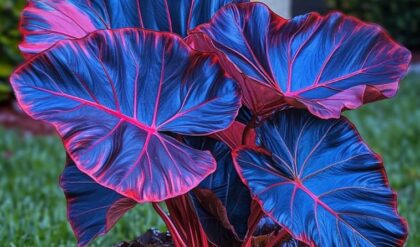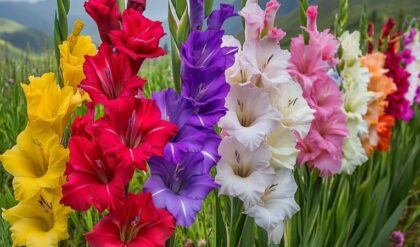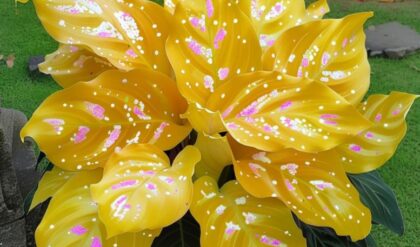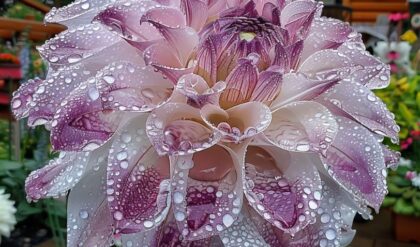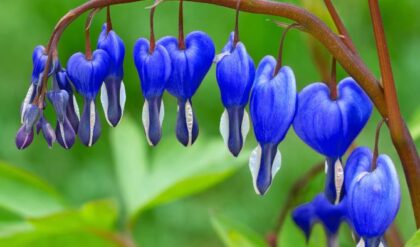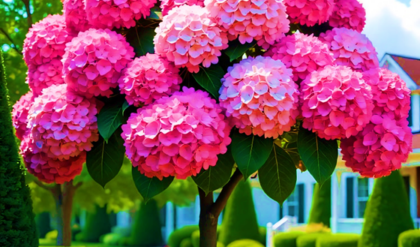The Enchanting “Magnolia”: A Comprehensive Guide
When we speak of the Magnolia tree, we are not only referring to a plant but invoking a rich tapestry of history, culture, and botanical wonder. Often considered harbingers of spring, magnolias bloom in magnificent shades of white, pink, purple, and yellow, casting a spell that can captivate any garden enthusiast. This enchanting species finds its roots deep within the annals of time, as the Magnoliaceae family dates back millions of years, flourishing before the advent of bees, with their large, fragrant blossoms designed to attract beetles as pollinators. Understanding this natural marvel gives us insights into both its aesthetic allure and ecological importance. Among the resources available for those yearning to cultivate these regal trees, sources such as Pngland provide extensive guides on nurturing them from seed or even caring for established specimens. Such guides underscore the essential practices for successful cultivation—everything from selecting the right variety to considerations about soil quality and sunlight exposure. Notably, it’s recommended to plant during late winter or early spring, which aligns perfectly with the tree’s natural cycles, allowing it to establish robust roots before summer’s heat. This seasonality introduces an element of rhythm and harmony in gardening, evoking parallels to our own cycles of growth and renewal.
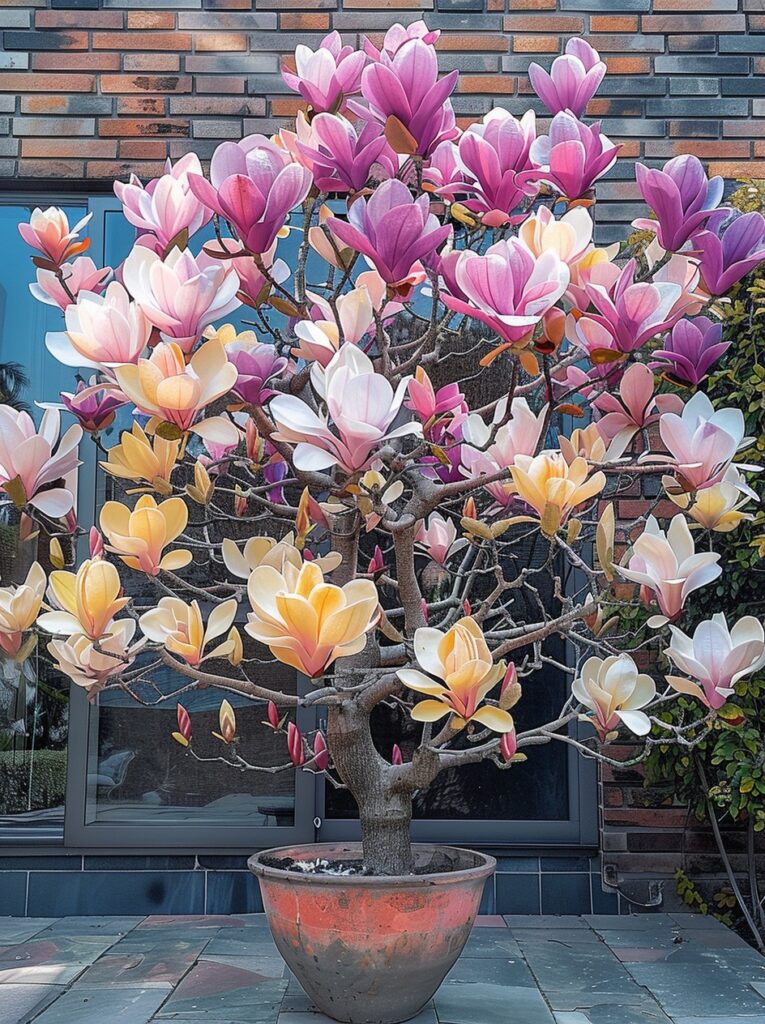
Ecological and Aesthetic Significance
One cannot overlook the dual roles magnolias play in environmental ecosystems and human aesthetics. They serve as beacons of biodiversity, offering habitats and food to various pollinators while enhancing the beauty of any landscape through their striking presence. As we explore the multifaceted nature of magnolias, research indicates that certain varieties withstand urban pollution better than others—making them ideal candidates for city gardens. This offers a profound implication: as cities around the globe grapple with increasing pollinator declines due to habitat loss, integrating resilient plant species like magnolias could contribute significantly to urban ecology. This sentiment resonates deeply with contemporary movements advocating for sustainable gardening practices.
Magnolias and Biodiversity
Magnolia trees serve as vital habitats and food sources for a diverse array of pollinators, including bees, butterflies, and beetles. Their large, fragrant blossoms are designed to attract these crucial members of the ecosystem, providing them with essential nectar and pollen. By incorporating magnolias into gardens and urban landscapes, gardeners can actively contribute to the preservation of local biodiversity, creating vibrant, thriving ecosystems that support a wide range of species.
Magnolias in the Urban Landscape
As cities continue to expand and development encroaches on natural habitats, the importance of integrating resilient plant species like magnolias into urban landscapes becomes increasingly apparent. Research has shown that certain magnolia varieties are more adept at withstanding the challenges of urban environments, such as air pollution, soil compaction, and limited space. By selecting these adaptable magnolia cultivars, gardeners and city planners can enhance the aesthetic appeal of urban areas while simultaneously supporting local wildlife and improving the overall ecological health of the city.
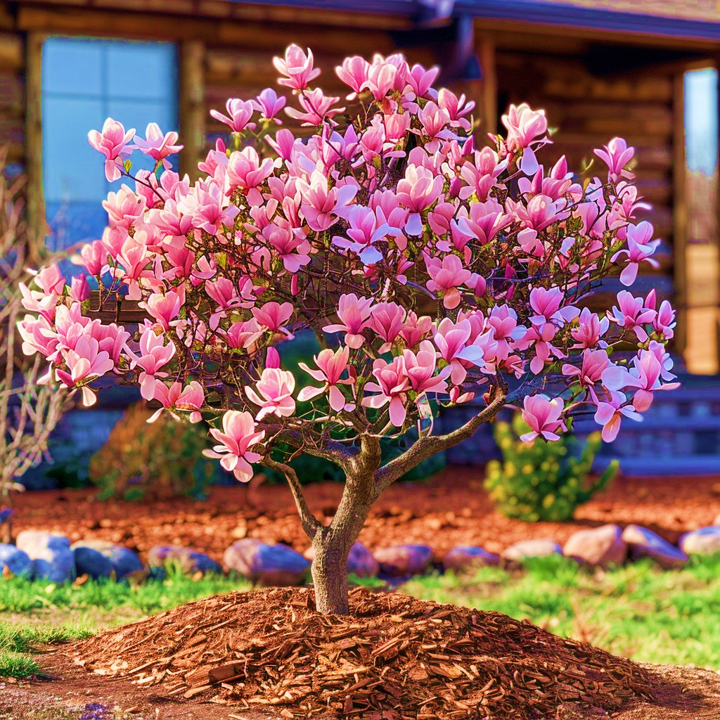
Sustainable Gardening and Magnolias
The integration of magnolias into gardening and landscaping practices aligns with the growing movement towards sustainable, eco-friendly gardening practices. By nurturing these trees, gardeners can contribute to the preservation of biodiversity, the reduction of carbon emissions, and the creation of more resilient, self-sustaining ecosystems. Resources like Blooms of Elegance emphasize the importance of this holistic approach to gardening, where the cultivation of magnolias is not just about aesthetics but about becoming responsible stewards of the environment.
Cultivation and Care
Caring for your magnolia is akin to nurturing a relationship; it requires patience, knowledge, and a touch of devotion. Guides such as those found on Ideas2Live4 extend beyond mere horticultural tips—they advocate for understanding the unique individual characteristics of each magnolia variety, crafting personalized care routines that elevate the experience of gardening. This concept parallels how one might approach the friendship dynamic; just as no two friendships are alike, so too are no two magnolias identical in need or response. Engaging with these plants through careful observation fosters a relationship where the gardener becomes attuned to the subtleties—the slight curl of leaves, the intensity of blooms—that signal moments requiring attention.
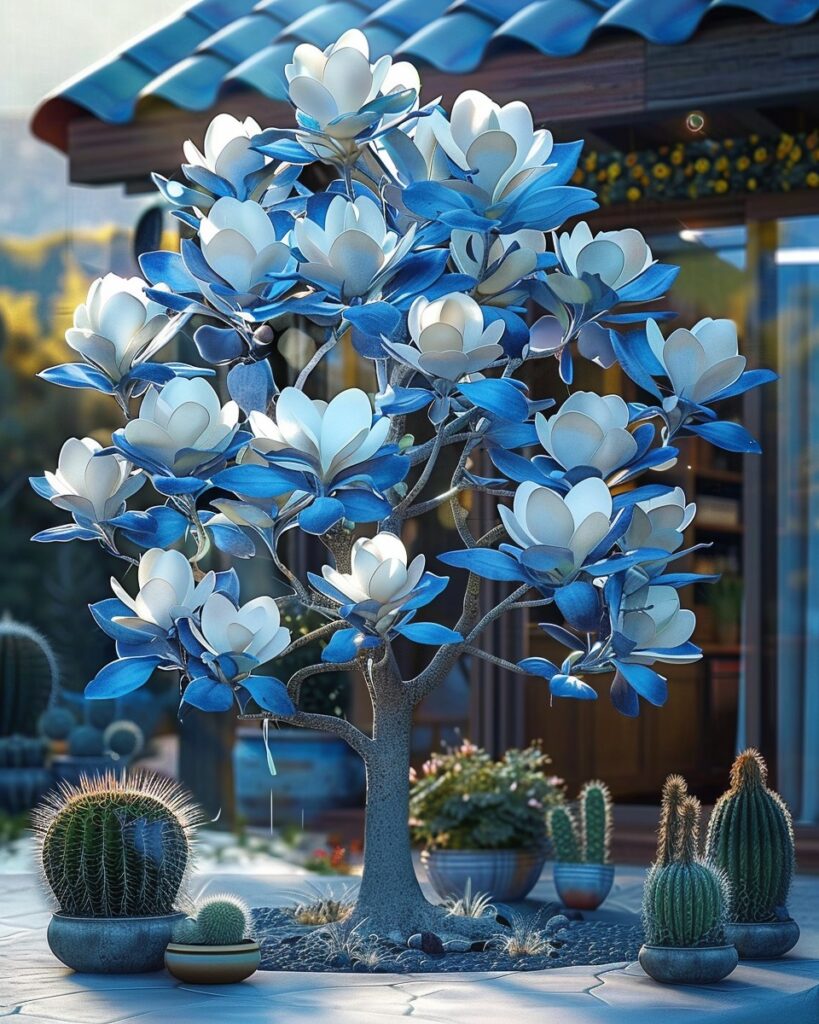
Selecting the Right Magnolia Variety
When it comes to cultivating magnolias, the first step is to select the right variety that aligns with your local climate, desired aesthetic, and gardening goals. Guides like those on Pngland offer comprehensive information on the diverse range of magnolia species, their unique features, and their specific cultivation requirements. By taking the time to research and choose the appropriate magnolia cultivar, gardeners can ensure a successful and rewarding growing experience.
Planting and Establishing Magnolias
The process of planting and establishing magnolias is a crucial aspect of their care. As outlined by resources on Pngland, the optimal time to plant magnolias is during late winter or early spring, which coincides with the tree’s natural cycles and allows for robust root development before the summer heat arrives. Careful consideration of soil quality, sunlight exposure, and proper planting techniques are essential for the long-term health and growth of these trees.
Ongoing Magnolia Care and Maintenance
Maintaining a thriving magnolia tree requires an attentive and adaptive approach. Guides such as those found on Ideas2Live4 emphasize the importance of regular monitoring, pruning, and addressing any potential pest or disease issues. By becoming attuned to the subtle cues and individual needs of each magnolia, gardeners can cultivate a symbiotic relationship, ensuring the tree’s continued vitality and the realization of its full aesthetic potential.
Cultural Connections
Magnolias also tap into cultural heritage, suggesting that every garden tells a story far richer than its horticultural composition. The symbolism associated with magnolias varies across cultures—from purity and nobility to dignity and perseverance. This symbolic weight serves as a powerful reminder that what we choose to grow reflects not just our personal tastes but our values and narratives.
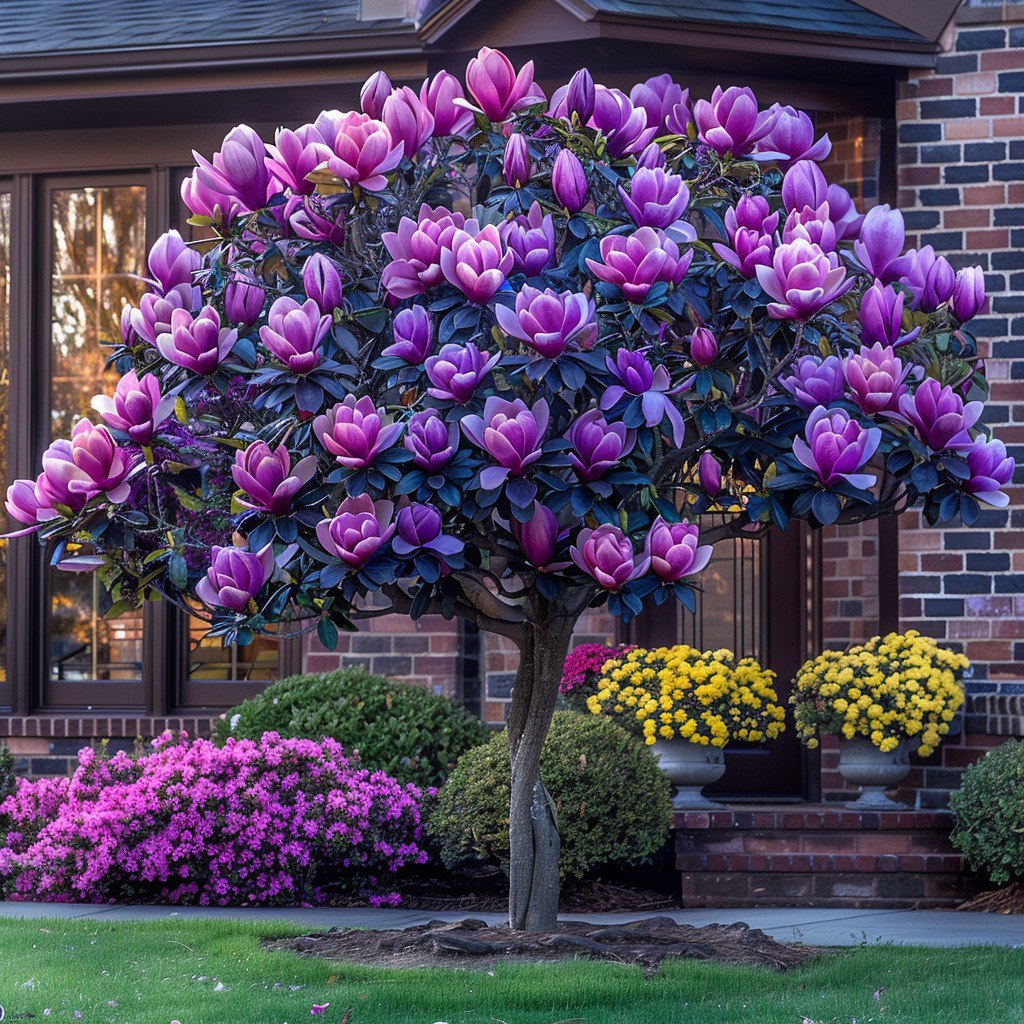
Magnolias in Asian Traditions
In Asian traditions, magnolia flowers have been revered as symbols of grace and gentleness, embodying principles cherished in many philosophies. The veneration of these trees has deep roots in the cultural and spiritual fabric of regions like China, Japan, and Korea, where they have been celebrated in art, literature, and religious practices for centuries.
Magnolias in Beauty and Fashion
The allure of magnolias extends beyond the realm of gardening and into the world of beauty and fashion. Resources exploring the application of magnolia-inspired aesthetics in makeup and skincare products, as well as the incorporation of magnolia motifs in haute couture, underscore the enduring fascination that these trees hold in the human imagination.
The Personal and Societal Significance of Magnolias
Whether you’re incorporating magnolia-inspired aesthetics into your beauty regime or simply admiring them in full bloom at a neighbor’s garden, there exists an inherent connection between humanity and these trees that transcends mere visual appeal. They provoke reflection and invite us to consider our surroundings more thoughtfully, serving as a bridge between the natural and the human realms.
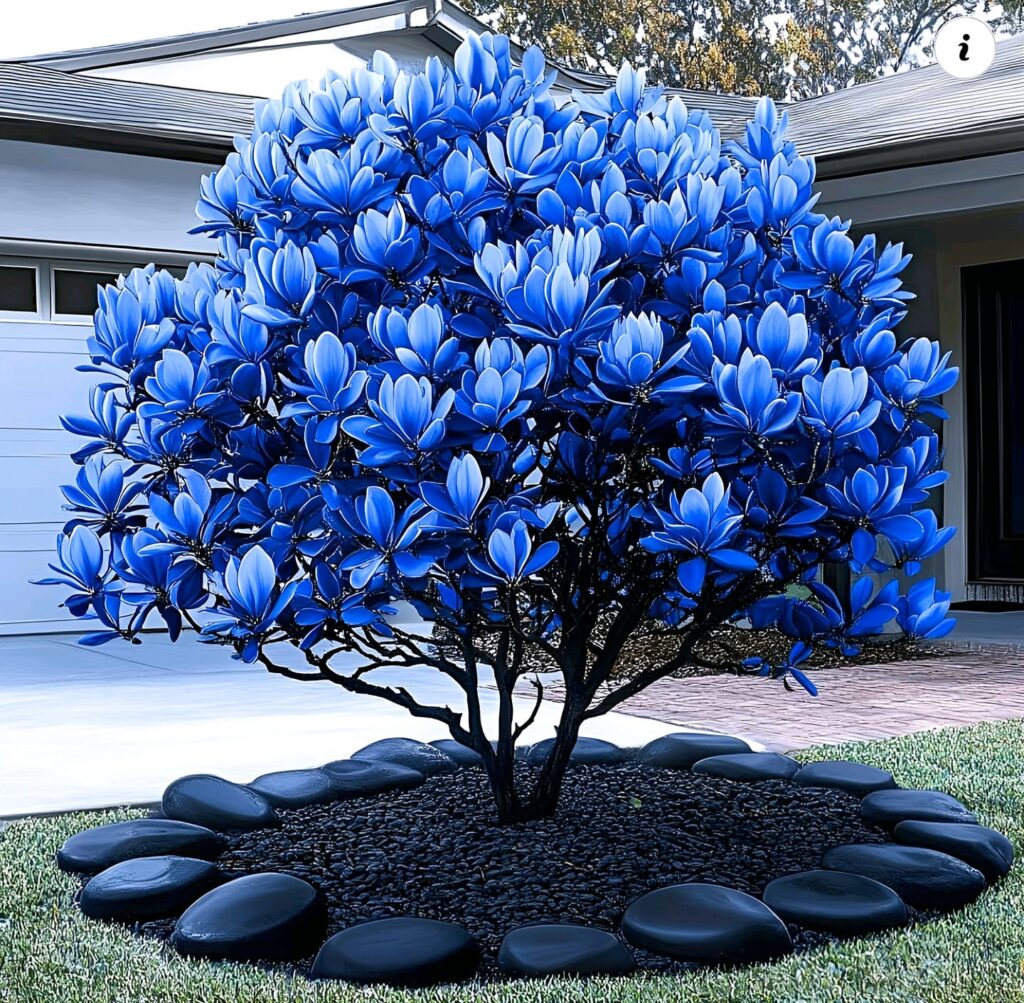
Conclusion
In exploring the enchanting world of magnolias, we uncover layers upon layers of significance—from the practicalities of care to the profound personal and societal implications they embody. Each step taken in their cultivation becomes a part of a larger ecosystem, echoing the habits, relationships, and ideals we hold dear. By nurturing these regal trees, we not only cultivate their beauty but also foster a deeper understanding of our place within the natural world, and the responsibility we hold as stewards of the environment. Back Viết tiếpNext
